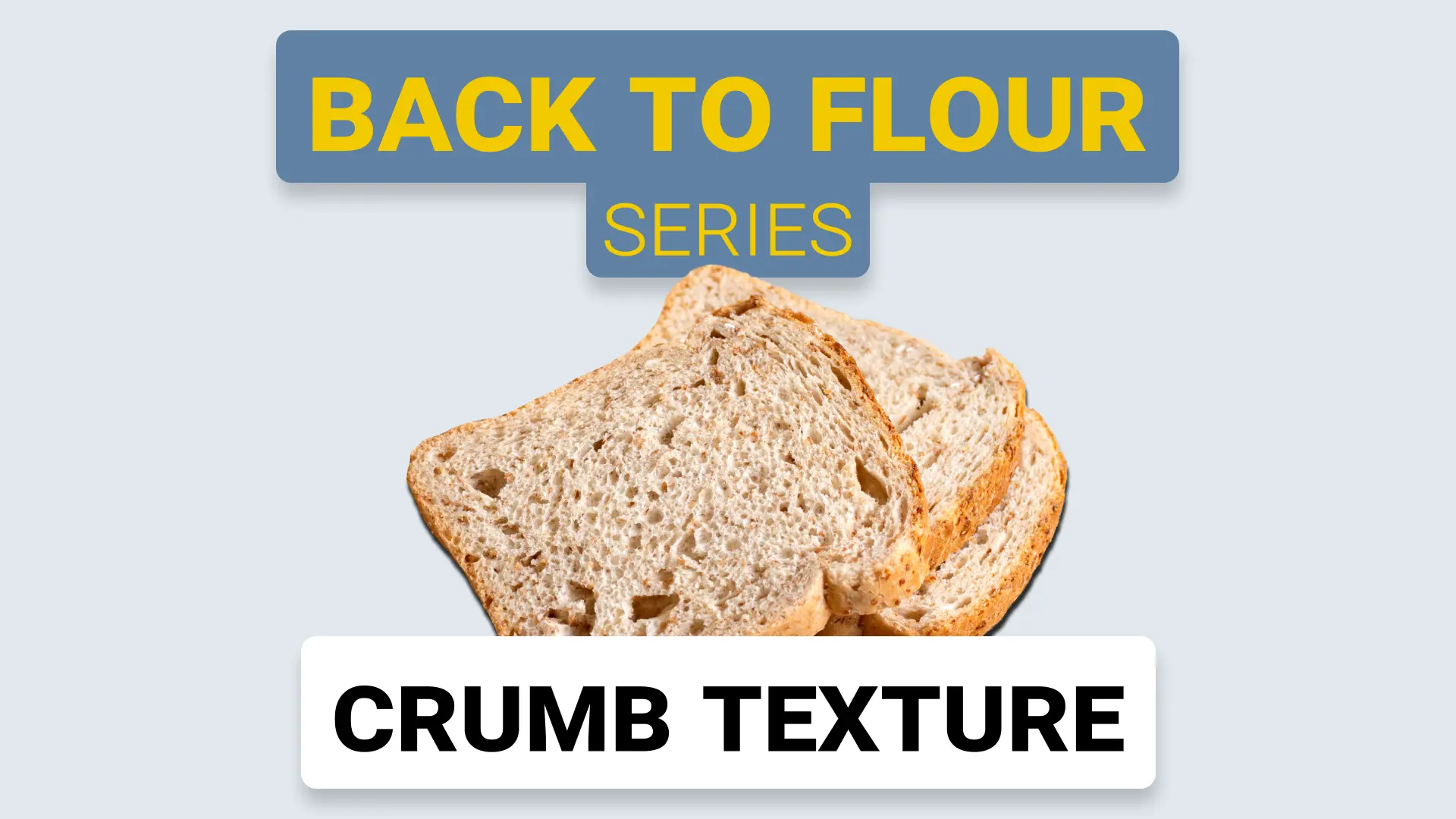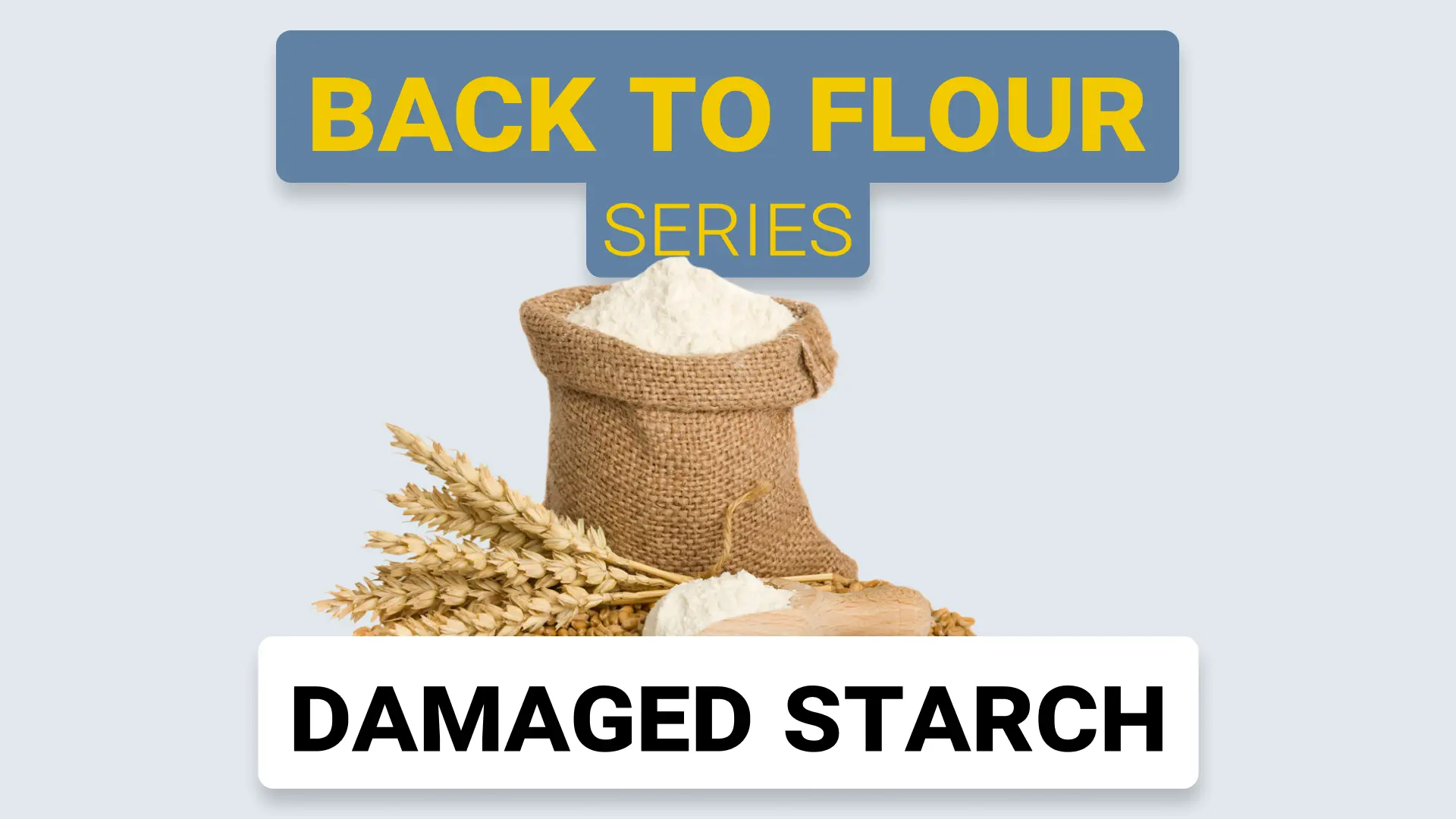Crumb Texture: The Signature of Quality

Why Crumb Texture Matters
Crumb texture defines the quality and feel of baked products. It affects how they taste, look, and hold together. A soft, even crumb signals good preparation and baking, while a dry or dense one reduces appeal.
Moisture retention is a key sign of freshness—it keeps the crumb soft and slows staling. Uniform, cohesive crumbs resist crumbling during slicing and storage.
Each product type has its own ideal texture: soft for sandwich bread, firm for toasting or dipping. In every case, crumb texture shapes both consumer enjoyment and product performance.
Transformation of Dough - Explore the Keys to Crumb Texture
In the Back to Flour Series, Transformation of Dough shows how flour components affects dough mechanisms that ultimately shape key product characteristics.
The dedicated video highlights how Proteins, Starchviscosity, Enzymatic activity, andothers influence crumb texture.
For a Quick Overview of What Shapes Crumb Texture
To complement the video, our PDF guide offers a concise technical summary. It includes a comparative table showing how flour components impact size and shape across different products—from baguettes and pan breads to biscuits and croissants.

📄 Download the PDF: What Impacts 62% of Baked Product Crumb Texture
What’s Next?
This focus on Crumb Texture is part of our ongoing exploration in the Back to Flour Series. By linking consumer expectations to flour functionality, we provide an intuitive and scientific understanding of what makes bakery products desirable.
The Back to Flour Series is constantly growing—with videos, technical PDFs, and resources across At the Table, Transformation of Dough, Secrets of Flour, and more technical insights to come.
Explore the categories below and stay tuned as we continue to connect flour functionality with product excellence.
Other Posts in the Series
Related Blog Posts

















